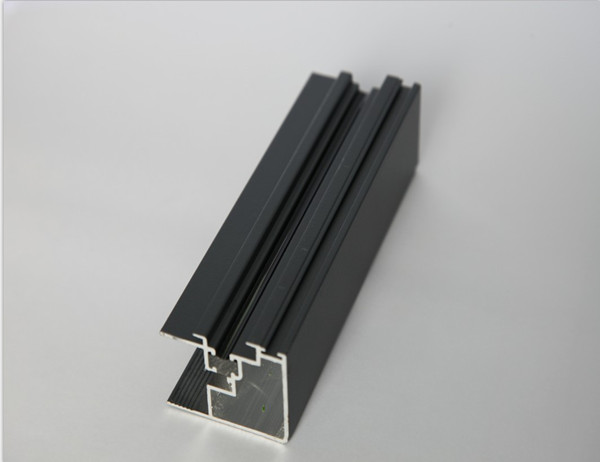In the ever-evolving landscape of contemporary architecture, the integration of aluminum cabinet profiles has become a transformative force, shaping the aesthetics, functionality, and sustainability of modern buildings. This article explores the profound impact that aluminum cabinet profiles have had on contemporary architecture, highlighting key areas where they have revolutionized design and construction practices.
Enhanced Aesthetics
Aluminum cabinet profiles offer a sleek and sophisticated look that complements the clean lines and minimalist sensibilities of contemporary architecture. Their ability to be customized in various shapes, sizes, and finishes provides architects with limitless design possibilities, allowing them to create visually striking and cohesive spaces. Furthermore, the inherent resilience of aluminum ensures that cabinet profiles retain their aesthetic appeal for years to come, weathering the elements and enduring daily wear and tear.
Improved Functionality
Beyond their aesthetic allure, aluminum cabinet profiles contribute significantly to the functionality of contemporary architecture. Their lightweight nature makes them easy to maneuver and install, while their exceptional strength and durability allow them to withstand heavy loads and withstand everyday use. The versatility of aluminum profiles allows them to be seamlessly integrated into various cabinetry solutions, offering ample storage space and organizational capabilities.
Sustainable Solutions
In an era of rising environmental consciousness, aluminum cabinet profiles have emerged as a sustainable choice for contemporary architecture. Aluminum is a highly recyclable material, minimizing its carbon footprint and reducing waste during both production and disposal. Additionally, the durability and longevity of aluminum profiles contribute to the long-term sustainability of buildings, reducing the need for frequent replacements and renovations.
Fire Resistance
Fire safety is a paramount concern in contemporary architecture. Aluminum cabinet profiles offer superior fire resistance compared to traditional wooden or plastic materials. Their high melting point and low flammability prevent the spread of flames, providing an essential layer of protection for occupants and property. In the event of a fire, aluminum profiles remain structurally intact, ensuring the safety and integrity of the building.
Acoustics and Insulation
Aluminum cabinet profiles also contribute to the acoustic and thermal insulation of contemporary architecture. Their solid construction helps to reduce noise pollution, creating quieter and more comfortable living and working environments. Additionally, the thermal conductivity of aluminum can be modified through the use of insulating inserts, improving the energy efficiency of buildings by minimizing heat loss and gain.
Conclusion
The impact of aluminum cabinet profiles on contemporary architecture has been transformative, bringing together aesthetics, functionality, sustainability, fire resistance, and acoustics. Their versatile nature and exceptional qualities have made them a ubiquitous element in the design and construction of modern buildings. As architects continue to push the boundaries of contemporary architecture, aluminum cabinet profiles will undoubtedly remain an indispensable resource, shaping the future of built environments for years to come.




